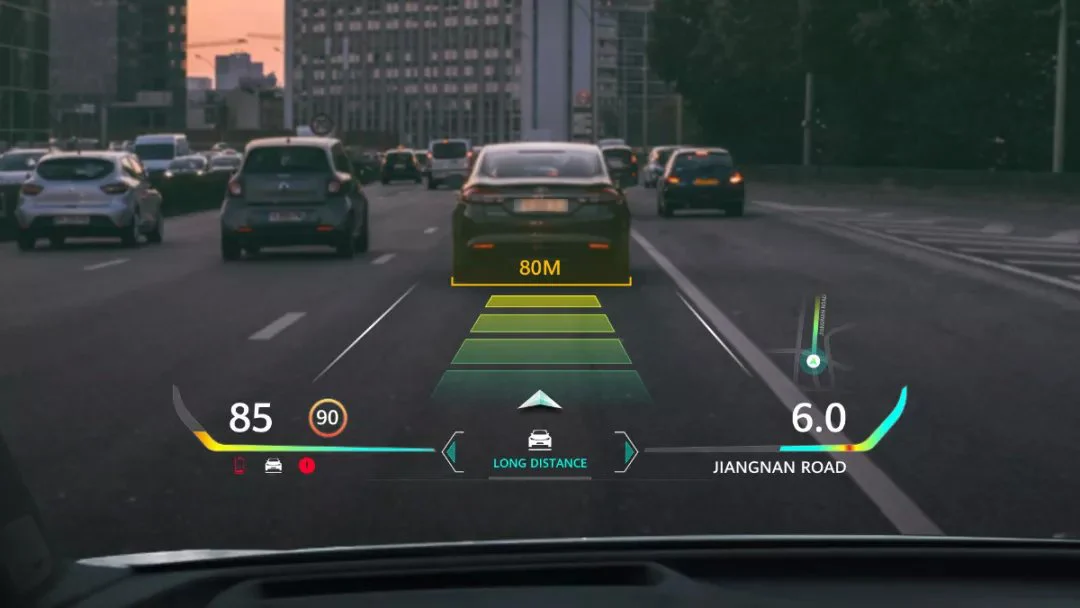Exploring the Future of Auto Glass: Innovations and Technologies
The automotive industry has been in a state of constant evolution, with cutting-edge technologies reshaping our vehicles in ways we could have never imagined. While much attention has been focused on advancements in engine efficiency and electric propulsion, there’s another area of automotive innovation that’s quietly transforming our driving experience: auto glass. In this blog post, we go for exploring the future of auto glass, exploring innovations and technologies that are set to revolutionize the way we see the road.

The Current State of Auto Glass
Before we venture into exploring the future of auto glass, let’s briefly assess the current state of auto glass. For decades, automotive glass has primarily served as a protective barrier between the driver and the elements. While safety and durability have always been priorities, the role of auto glass is expanding beyond these fundamentals.
Today’s auto glass is designed not only to keep you safe but also to enhance your driving experience. Features like tinting, UV protection, and acoustic insulation are now standard in many vehicles. But the real transformation is happening in the realm of smart glass and augmented reality.
Smart Glass: Beyond Tinting
1. Electrochromic Glass: This innovative technology allows the glass to change its level of tint based on external conditions. In other words, it can automatically darken to reduce glare from the sun. Additionally, electrochromic glass can enhance privacy by darkening at the touch of a button, providing a more comfortable and customizable driving experience.
2. Heads-Up Displays (HUDs): Heads-up displays project vital information like speed, navigation instructions, and warnings directly onto the windshield. This minimizes the need for the driver to look away from the road, improving safety. As technology advances, HUDs will become more sophisticated, offering augmented reality (AR) features like highlighting obstacles or guiding you through complex intersections.
3. Augmented Reality Windshields: Imagine a world where your windshield isn’t just a piece of glass but an interactive display. Augmented reality windshields are on the horizon, overlaying essential information, like directions or real-time traffic data, onto your view of the road. This not only makes navigation more intuitive but also enhances the overall driving experience.

Beyond the Windshield: Side and Rear-View Mirrors
Speaking of exploring the future of auto glass, such innovation isn’t limited to the windshield. Side and rear-view mirrors are also undergoing significant transformations:
1. Digital Side Mirrors: Traditional side mirrors are being replaced by cameras and displays. These cameras capture a wider field of view and can reduce blind spots. Plus, they can adapt to different driving conditions, such as providing a clearer image in low light.
2. Rear-View Cameras: Rear-view cameras are now standard in many vehicles, enhancing parking and maneuvering. In the future, we can expect even more advanced features, such as 360-degree camera systems and augmented reality overlays to assist with parking and obstacle detection.
Safety and Advanced Materials
Innovations in auto glass aren’t just about improving convenience and aesthetics; they’re also about safety based on car model:
1. Stronger and Safer Glass: Advanced materials like laminated glass are becoming more prevalent. Laminated glass is designed to stay intact even when shattered, reducing the risk of injury in the event of an accident.
2. Self-Healing Glass: Imagine a small crack in your windshield magically disappearing over time. Self-healing glass uses advanced materials that can repair minor damage, extending the life of your auto glass and potentially saving you from costly repairs or replacements.
Energy Efficiency and Sustainability
The future of auto glass isn’t just about technology; it’s also about sustainability and energy efficiency:
1. Solar-Active Glass: Solar-active glass can harness sunlight to generate electricity, which can power various vehicle systems, including air conditioning and lighting. This not only reduces the vehicle’s reliance on fossil fuels but also enhances energy efficiency.
2. Lightweight Materials: Lightweight glass materials, like polycarbonates, can reduce the overall weight of the vehicle, leading to improved fuel efficiency and reduced emissions.
Challenges and Considerations
While the future of auto glass is undoubtedly exciting, it’s not without its challenges and considerations:
1. Cost: Many of these innovations come at a premium. As they become more mainstream, the cost is likely to decrease, but for now, they may be limited to high-end vehicles.
2. Maintenance: Smart glass and technology-integrated systems require regular maintenance and potentially expensive repairs. This is a consideration for vehicle owners and manufacturers alike.
3. Regulations and Standardization: As these technologies evolve, there will be a need for industry-wide regulations and standardization to ensure safety and compatibility across different vehicles.
Conclusion: A Bright Future for Auto Glass
The future of auto glass is teeming with possibilities, from smart windshields that make driving more intuitive to sustainability-focused innovations that reduce our environmental footprint. As these technologies mature and become more accessible, they will transform the way we interact with our vehicles.
While there are challenges to overcome, such as cost and maintenance, the potential benefits in terms of safety, energy efficiency, and the overall driving experience are immense. It’s an exciting time to be a part of the automotive industry, and as consumers, we can look forward to a future where our vehicles are not just modes of transportation but intelligent, safe, and sustainable companions on the road.

